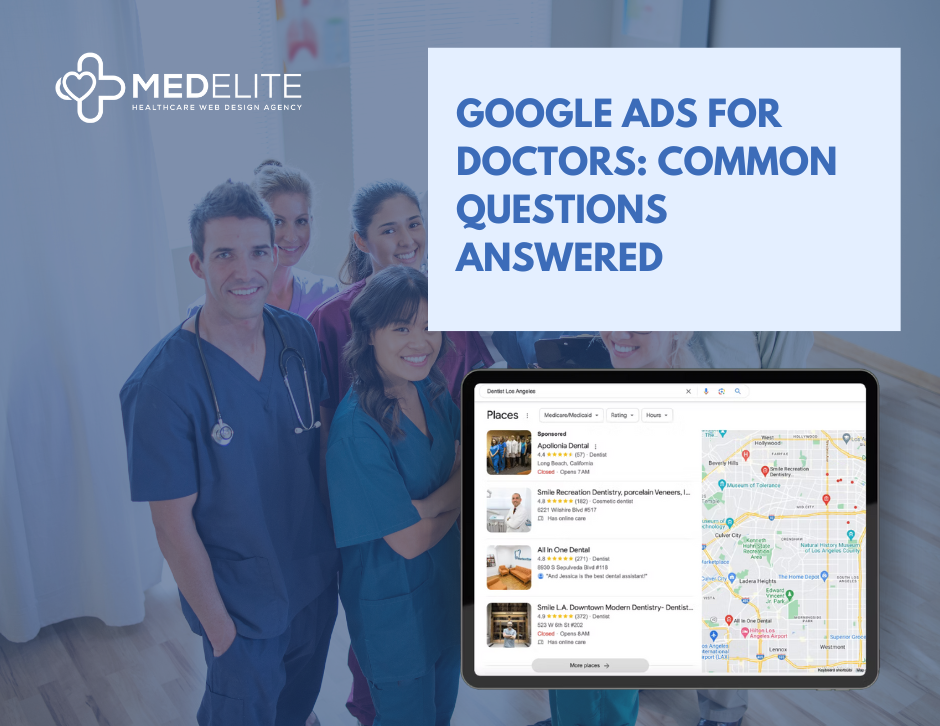The ROI of Professional Healthcare Website Design
- Marta Alexandrovna

- May 14
- 3 min read
Updated: May 21

What if your medical practice website actually paid for itself? Strange concept, right?
When running a healthcare practice, the website often falls into the "expense" column of the budget. Something you pay for because, well, everyone has one. But what separates money-draining websites from those generating consistent returns?
Website Money Pits vs Money Makers
Beautiful designs don't guarantee results. I regularly see stunning medical websites sitting empty while basic ones book appointments consistently.
The secret lies in patient-focused functionality.
Money-making healthcare websites prioritize what patients need, not what you want to showcase. While credentials matter, patients care more about finding answers and booking appointments without hassle.
A website built for ROI features:
Clear navigation guiding visitors to services
Mobile-optimized pages (over 70% of healthcare searches happen on phones)
Patient-friendly language explaining treatments
The gap between effective and ineffective healthcare websites comes down to understanding the patient's decision journey.
The 30-Day Patient Journey
Healthcare decisions rarely happen instantly. A person experiencing symptoms might spend weeks researching before booking an appointment.
Their typical path looks something like this:
First, they search symptoms on Google
Then compare local providers
Next comes in-depth research on specific practices
Finally, after 2-4 weeks, they make appointment decisions
Your website must address questions at each stage of this journey:
Early stage: Symptom information and possible treatments
Middle stage: Treatment approaches and provider credentials
Late stage: Insurance, scheduling, and logistics
Focusing only on the final booking stage misses critical conversion opportunities earlier in the decision process.
Is Your Website a Patient Magnet or Repellent?
Three website elements consistently drive potential patients away:
Complicated scheduling processes
Online appointment forms asking for excessive information create abandonment. Streamlined booking pathways dramatically increase conversion rates.
A scheduling system requiring just name, contact info, and basic reason for visit converts up to 60% better than comprehensive medical history forms for initial appointments.
Unclear treatment information
Medical jargon confuses and intimidates patients. Plain language explanations build confidence and trust.
Consider this example:
❌ "We provide comprehensive periodontal interventions for patients experiencing gingivitis and periodontitis."
✅ "We treat gum disease with gentle, effective techniques to stop pain and save your teeth."
Slow loading speed
Healthcare websites should load in under 3 seconds. Each additional second causes measurable patient loss.
Numbers Talk
Simple math reveals if your website makes financial sense:
Monthly website cost ÷ Monthly new patients from website = Cost per acquisition
A $300/month website bringing 10 new patients means $30 per patient acquisition cost.
Average patient value determines if this makes sense. When patients generate $2,000+ in lifetime revenue, a $30 acquisition cost represents significant ROI.
Run this calculation on your practice website. The results might surprise you.
From Expense to Revenue Generator
Converting your website from cost center to revenue generator requires strategic shifts:
Track everything. Install proper analytics to measure where patients come from
Build content around patient searches. Answer what patients actually ask Google
Simplify the booking process. Reduce steps between arrival and appointment
Highlight patient outcomes. Show results through reviews and testimonials
Healthcare practices implementing these changes consistently see 30-50% increases in website-generated appointments within 90 days.
Patient-Converting Design Elements
What do high-ROI healthcare websites include?
Prominent contact options
Phone numbers should appear in the header and footer with tap-to-call functionality for mobile users. This simple change can boost calls by 30%.
Strategic social proof
Patient testimonials directly influence booking decisions when placed near appointment calls-to-action.
Condition-specific pages
Patients search for their specific conditions. Creating individual pages for each service improves search visibility while addressing specific patient concerns.
Insurance transparency
Clearly listing accepted insurance plans removes a major booking barrier. This information should never require more than one click to find.
The $150K Question
A strong healthcare website can generate $150,000+ in annual revenue for established practices. But when does investing in professional design make sense?
For practices grossing $500,000+ annually, investing $15-25K in a strategic website typically pays for itself within 6-12 months.
Newer practices should start with core conversion elements:
Mobile-friendly design
Clear service information
Simple booking process
Basic SEO foundation
As patient volume grows, reinvest in more comprehensive website features.
The Road Ahead
Transforming your website into a patient-generating asset starts with understanding its current performance:
Audit your analytics. How many visitors convert to patients now?
Calculate current ROI. Use the formula above
Fix one critical issue. Identify your biggest conversion barrier
Track improvements. Measure changes in appointment requests
The MedElite team specializes in healthcare websites built specifically for patient conversion and practice growth. Our HIPAA-compliant designs focus on measurable ROI rather than just aesthetics.
Your medical website should function as a 24/7 patient acquisition system. When built strategically, it becomes your most valuable marketing asset—working even while you sleep.





Comments